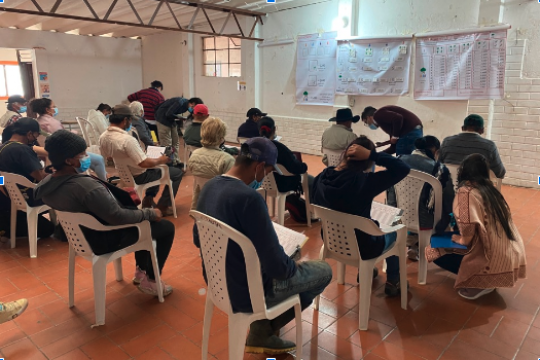Abstract
Payments for ecosystem services (PES) programs exist globally and at times shift behaviors. Unlike protected areas, PES compensate land users, raising local acceptance of conservation. Yet some worry that if payments are temporary, as is often the case, conservation behaviors can be reduced by PES, ‘crowded out’ to be lower after PES than if no PES had existed. We conducted lab-in-the-field experiments in Colombia, where PES policies are expanding, offering either individual or collective conditional payments to 676 farmers who are potential PES participants. Those payments end, within each experimental session, for all or only for some participants. We consistently find that conservation is not lower after PES than before. Also, conservation contributions tend to fall over time without PES, in keeping with public-goods literatures. Taken together, these results imply that even after our payments end, conservation is above the baseline defined by our controls, suggesting some form of (at least short-run) crowding in.



